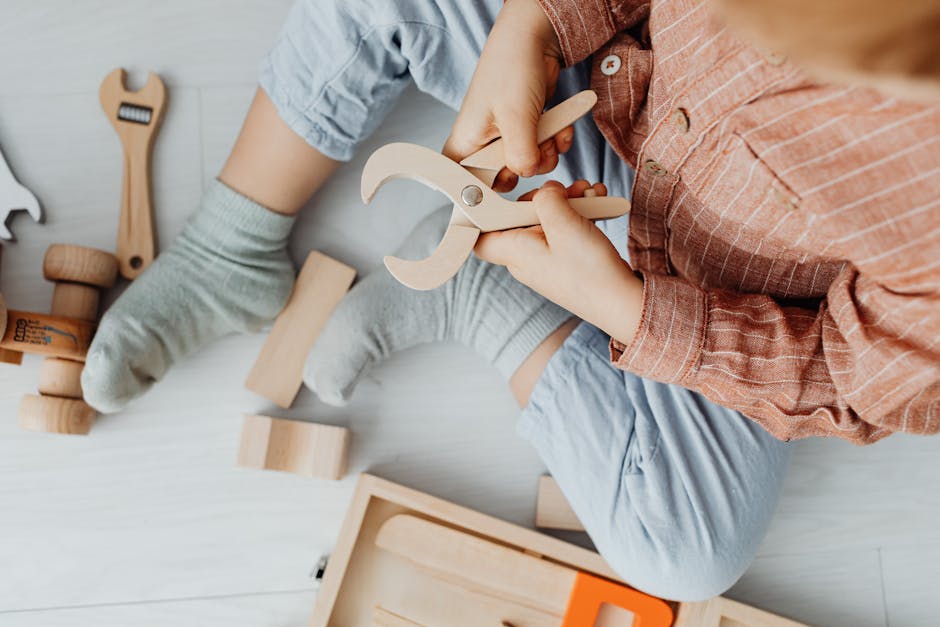Toys and games play a crucial role in a child's development, fostering creativity, problem-solving skills, and social interaction. Choosing the right toys can significantly impact a child's learning and growth. With so many options available, it can be overwhelming for parents to navigate the toy aisle and select age-appropriate and engaging options. This post offers some helpful guidance to make the process easier.
Consider your child's age and developmental stage when selecting toys. Babies and toddlers benefit from sensory toys that stimulate their senses, such as rattles, soft blocks, and textured balls. Preschoolers enjoy imaginative play with dolls, action figures, and playsets. Older children may be interested in more complex games, puzzles, and construction sets.
Look for toys that encourage active play and physical development. Balls, jump ropes, and outdoor playsets promote gross motor skills. Building blocks, puzzles, and art supplies help develop fine motor skills and hand-eye coordination. Choose toys that challenge your child's abilities and encourage them to explore and learn.
Educational toys can be a fun and engaging way for children to learn new skills. Look for toys that teach letters, numbers, shapes, and colors. Science kits, building sets, and coding toys can introduce children to STEM concepts. Board games and card games can teach children about strategy, problem-solving, and social interaction.
Safety is paramount when choosing toys for children. Ensure that toys are age-appropriate and free from small parts that could pose a choking hazard. Check for sturdy construction and non-toxic materials. Avoid toys with sharp edges or points. Always supervise young children when they are playing with toys.
Consider your child's interests and preferences when selecting toys. Some children love to build and create, while others prefer imaginative play. Choose toys that align with your child's interests to encourage engagement and enjoyment. Observe your child's play patterns and choose toys that complement their strengths and interests.
Set a budget for toy purchases and stick to it. Toys can be expensive, so it's important to prioritize and choose wisely. Consider the toy's durability and longevity. Look for toys that can be used in multiple ways and will grow with your child. Don't be afraid to consider secondhand toys or borrow toys from friends and family.
Remember that the best toys are often the simplest ones. Children don't need a lot of toys to be happy and engaged. Sometimes, the simplest toys, like blocks, balls, and art supplies, can provide hours of entertainment and learning opportunities. Encourage creativity and imagination by providing open-ended toys that can be used in a variety of ways.
